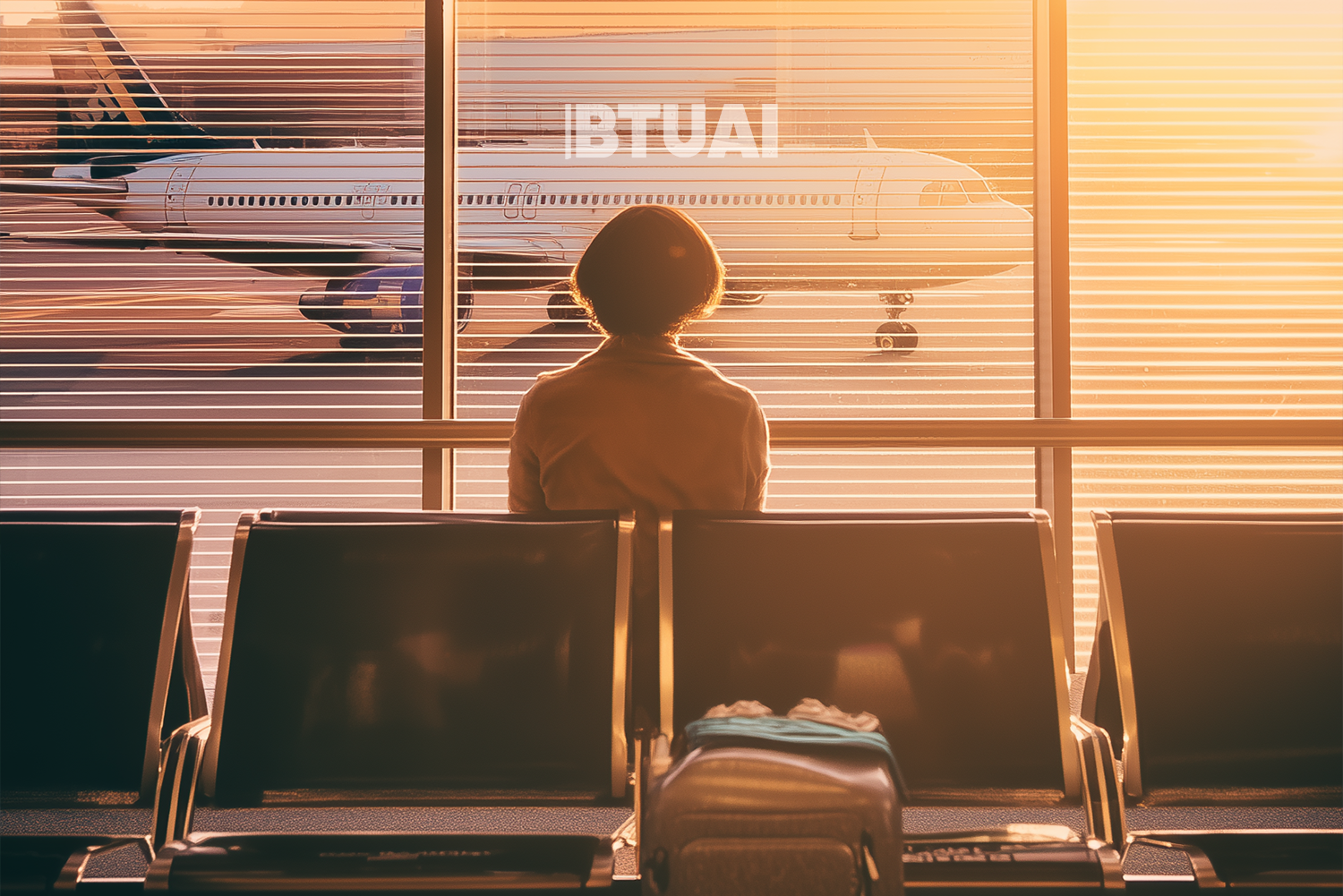Why is Georgian Tourism No Longer Growing at the Same Pace?
Over the past decade, Georgia has emerged as one of the region’s most attractive tourism destinations, reaching a record

Over the past decade, Georgia has emerged as one of the region’s most attractive tourism destinations, reaching a record 9.4 million international visitors in 2019. However, tourism growth significantly slowed in 2023-2024. For instance, in 2023, visitor numbers grew by only 5%, whereas annual growth rates from 2017 to 2019 consistently exceeded 15%.
Several factors explain this slowdown, notably global economic conditions. High inflation and economic uncertainty across Europe have reduced the ability and willingness of Europeans to travel. Specifically, key European source markets for Georgia—such as Germany, Poland, and France—have become less active, negatively impacting the growth rate of tourist arrivals.
Another major factor hindering tourism growth is related to transportation infrastructure challenges. Although Georgia has modernized its airports in recent years, air connectivity remains limited, particularly with budget airlines. For instance, low-cost airlines currently account for only about 5% of Georgia’s flights, compared to Europe’s average exceeding 35%. This significant gap makes tourists choose other destinations over Georgia due to cheaper and more convenient travel options.
Regional geopolitical dynamics have also significantly impacted tourism. The ongoing Russian invasion of Ukraine has heightened regional insecurity perceptions, reducing travel from Eastern European countries. Additionally, Georgia lost part of the tourist flow from Russia, a critical setback given that Russian tourists consistently rank among Georgia’s top three visitor groups.
Moreover, a lack of diversified tourism products remains a critical challenge. It has become clear in recent years that relying predominantly on wine tourism and a few popular attractions is insufficient for sustained growth. New tourism niches, such as adventure, eco-tourism, and medical tourism, remain underdeveloped and could provide significant potential if strategically promoted.
How could this situation be improved?
First and foremost, Georgia needs to enhance aviation competitiveness by significantly increasing the presence of low-cost airlines. This would substantially boost tourist arrivals from Europe. Furthermore, purposeful government policies aimed at diversifying tourism products across different regions are essential. Strengthening strategic communication to consistently portray Georgia as a safe and attractive destination in global markets is also critical.
Tourism is a crucial revenue source for Georgia’s economy. To regain its previous rapid growth pace, timely and effective responses to these challenges are necessary. Achieving this requires coordinated efforts between the private sector and government, ensuring Georgia remains one of the region’s most appealing destinations.




